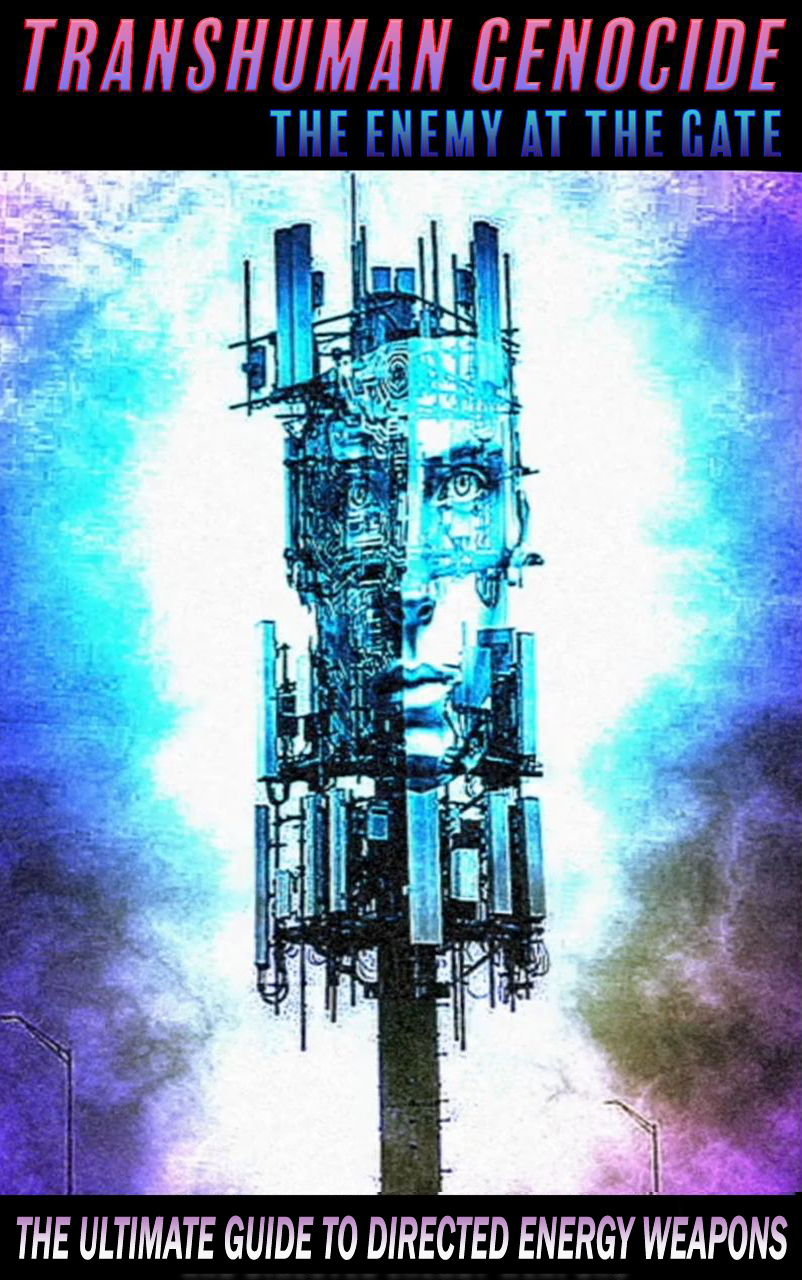On September 10, 2025, the tragic assassination of conservative activist Charlie Kirk shook the nation. The official narrative, as portrayed by various sources, including forensic evidence and eyewitness accounts, points to Tyler Robinson as the lone gunman responsible for Kirk’s death. The bullet recovered from Kirk’s neck was linked to Robinson’s rifle, dispelling conspiracy theories of a “Brown Shirt Shooter” and emphasizing a single rooftop shot as the cause of Kirk’s demise.

However, a deeper examination of the case reveals a more intricate web of potential motives and actors at play. Prosecutors have amassed a significant array of evidence implicating Tyler Robinson in Kirk’s murder, including DNA evidence, digital communications, and alleged confessions. The defense’s strategic focus on procedural and mental-state issues hints at a broader narrative beyond the surface of the crime scene. Questions loom around the authenticity of confessional statements and the chain of custody for critical pieces of evidence.
Beyond the confines of the courtroom drama, the implications of Kirk’s assassination extend far beyond the loss of a single individual. The shadow of doubt cast over Kirk’s security team and the emergence of theories hinting at their involvement point to a larger conspiracy. With Kirk’s prominent role in conservative politics and media, his untimely death raises concerns about the vulnerability of public figures in today’s polarized climate.
As we delve deeper into the layers of this case, a pattern emerges that aligns with a broader agenda. The coordinated efforts to silence dissent and eliminate influential voices through targeted actions are reminiscent of historical power plays. The convergence of surveillance material, alleged confessions, and a rush towards capital punishment paints a picture of calculated intent, facilitated by means that exploit legal vulnerabilities and public perceptions.
The prosecution of Tyler Robinson may serve as a momentary closure to the case, but the true nature of the forces at play remains obscured. The orchestration behind Kirk’s assassination, whether through direct orders or manipulation of circumstances, underscores a sinister capability to control narratives and eliminate opposition. The intent to silence dissent, the means to execute the plan covertly, and the opportunity created by existing power structures all point to a larger agenda at work.
Looking ahead, the implications of Kirk’s assassination ripple through the fabric of society, echoing a warning of the dangers posed by unchecked power and the erosion of civil liberties. As we navigate the complexities of this case and its implications, we must remain vigilant against the encroaching forces seeking to stifle dissent and shape a future where individual freedoms are subjugated to the whims of a select few. The echoes of history resonate with a chilling clarity, urging us to resist the entrenchment of control and to safeguard the principles of democracy against the encroaching shadows of tyranny.

